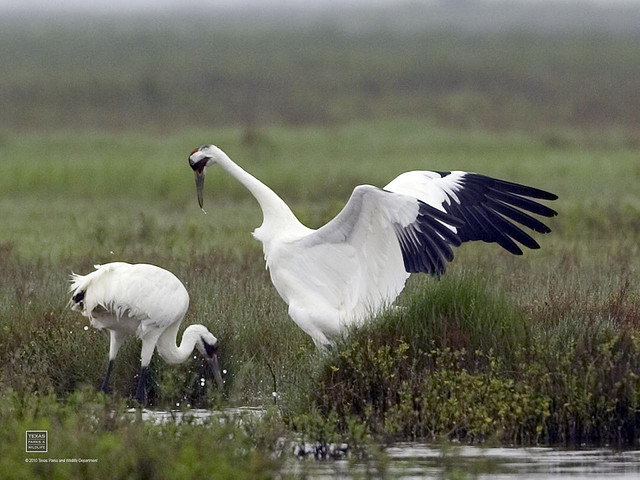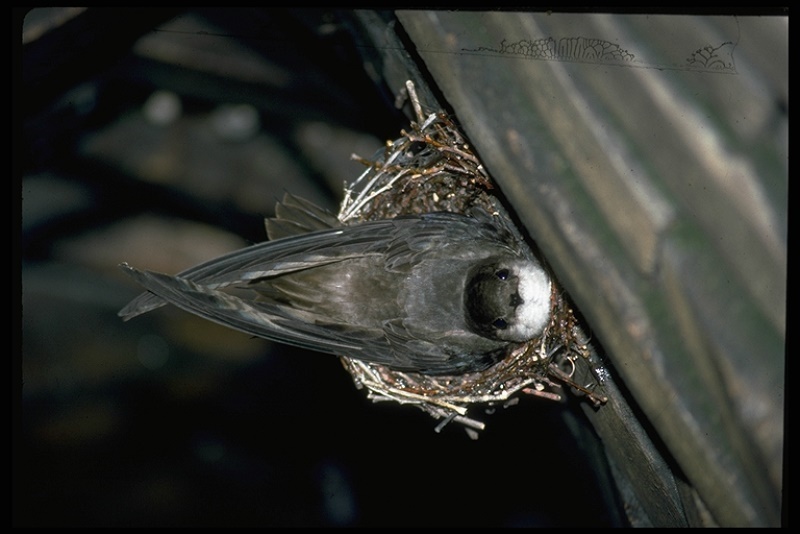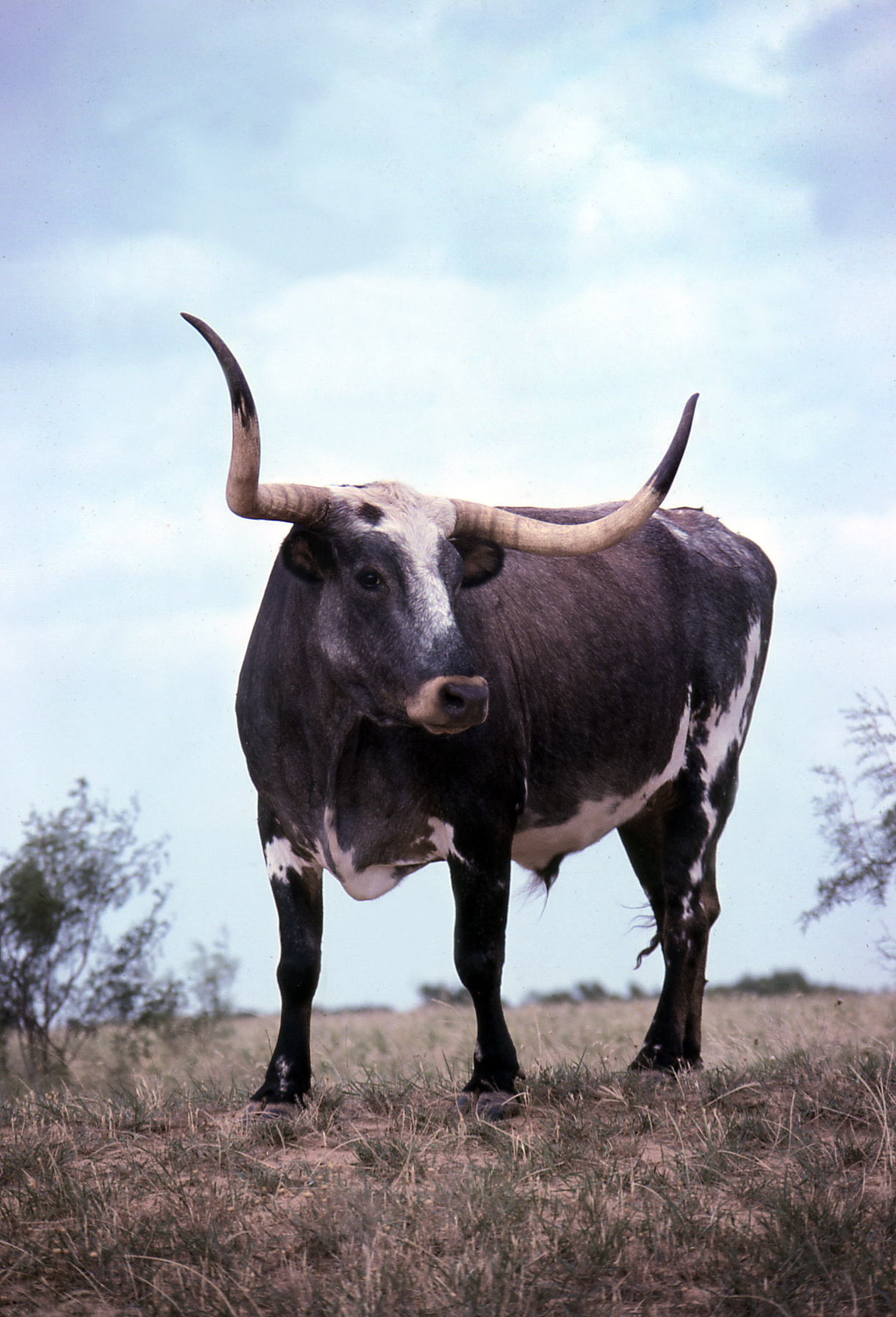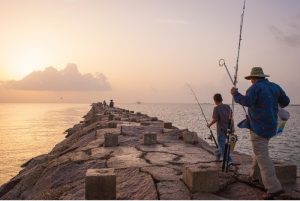Great Comeback for Whooping Cranes
Thursday, October 17th, 2019This is Passport to Texas
The majestic Whooping Crane is the tallest bird in North America and has a wingspan of seven and a half feet. But even with its impressive size, the Whooping Crane nearly became extinct, and in 1970 the bird was listed as an endangered species.
They are still federally listed as endangered. The population will be classified as such until they get around a thousand.
Trey Barron is a Wildlife Diversity Biologist with Texas Parks and Wildlife.
Once we get to that thousand population number the US Fish and Wildlife Service will readdress the status of the bird and potentially delist it. And that’s the ultimate goal is protect enough habitat and have enough birds that we can keep them off the list.
That habitat is the Aransas National Wildlife Refuge on the Texas Gulf Coast and Wood Buffalo National Park in Canada. Due to massive conservation efforts over several years, the Whooping Crane population once in the teens, now number the hundreds.
The outlook for the Whooping Crane is very positive. Just through years of successful reproduction, good wintering habitat down here, they’re on their way to total recovery.
That’s good news, and validation that conversation and management of Whooping Cranes will ensure survival of the species.
Whooping cranes began their fall migration south to Texas in mid-September.
For Texas Parks and Wildlife…I’m Cecilia Nasti.







 Passport to Texas is a
Passport to Texas is a  Passport to Texas is made available by:
Passport to Texas is made available by: